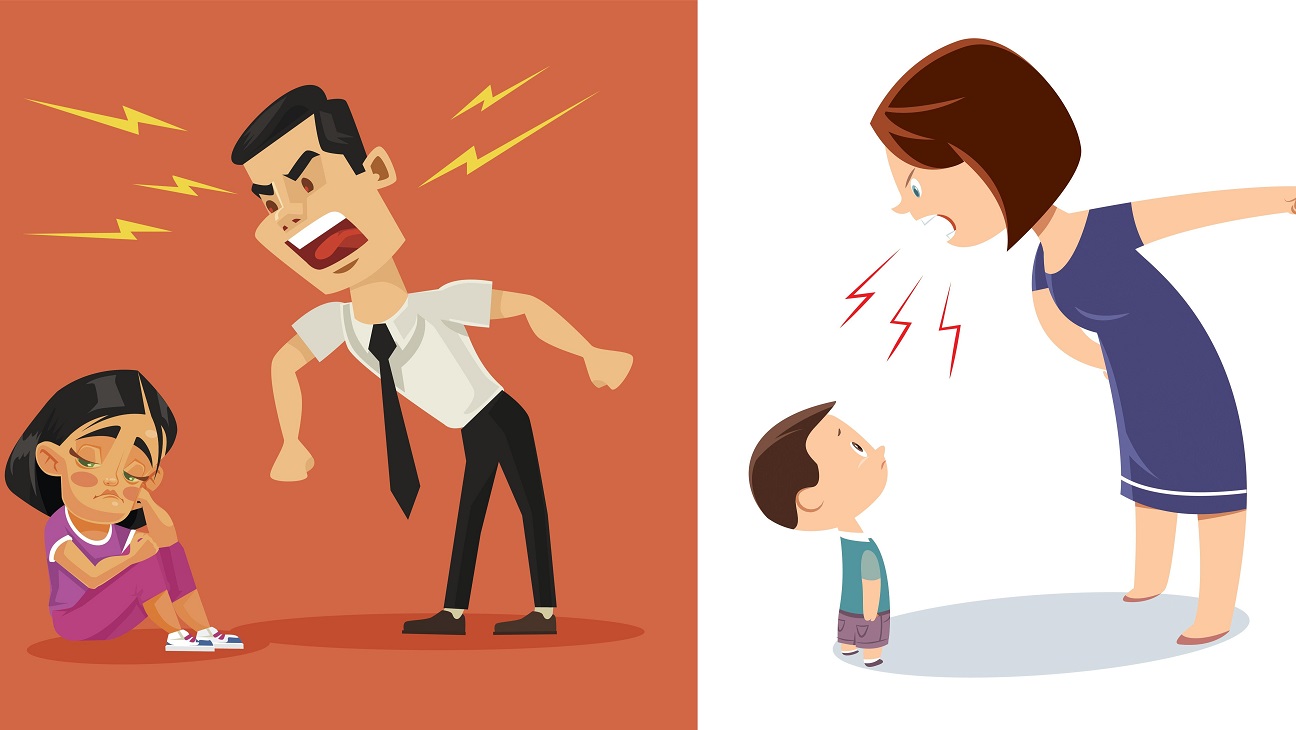
"Handle Being Yelled At" is a psychological framework designed to guide people through stressful, emotionally charged situations—like when someone is yelling at you. It helps you stay calm, maintain control, and prevent the situation from escalating. Let’s break it down step by step, with real-life application.
Step 1: Take a Deep Breath
Theory: When you’re yelled at, your body can go into a "fight or flight" response. This increases your stress and emotional reaction, making it harder to think clearly. Deep breathing triggers the parasympathetic nervous system (the “rest and digest” system) to counterbalance the fight or flight response.
Real-life Application: Imagine you're in a meeting, and a colleague suddenly starts yelling at you because of a project delay. Instead of reacting immediately with defensiveness or anger,
pause and take a deep breath. This short pause allows your brain to shift from a reactive state to a more rational one. It buys you time to think before you speak.
Step 2: Stay Calm and Ground Yourself
Theory: Emotional regulation is key when someone is yelling at you. The goal is not to mirror their aggression, but to remain neutral and composed. This prevents the situation from escalating.
Real-life Application: The person yelling may be expressing frustration or anger, but your response should be to stay calm. Focus on
anchoring yourself in the present moment. For example, if you're sitting, plant your feet firmly on the ground. Feel the support of your chair and remind yourself that you are in control of your reactions, not the situation.
Step 3: Listen to What’s Being Said (without taking it personally)
Theory: Often, when people yell, they are expressing feelings of stress, frustration, or fear. Instead of focusing on the tone of the voice or the aggression, listen for the content of what’s being said.
Real-life Application: In this meeting, as the colleague yells, they may be frustrated about a missed deadline. They might not actually be angry at you as a person; they’re upset about the situation.
Focus on the message rather than the emotion behind it. Try to hear what’s being said about the project and how it can be improved, rather than feeling attacked. Acknowledging the underlying issue helps you separate yourself from the emotion and keep your response objective.
Step 4: Pause and Decide How to Respond
Theory: It’s easy to react impulsively when you're being yelled at, but pausing allows you to respond thoughtfully rather than emotionally. This prevents further escalation and helps you maintain control over the conversation.
Real-life Application: After the initial outburst,
don’t feel the need to respond immediately. It might be useful to say something like, "I hear your frustration, let me think for a moment before I respond." This gives you time to
process your emotions and the message, and allows you to come back with a response that is measured and constructive.
Step 5: Acknowledge Their Feelings Without Agreeing
Theory: Acknowledging someone's feelings, even when they're negative, can defuse the emotional intensity of the situation. It shows empathy and helps the person feel heard. However, this doesn't mean you have to agree with their behavior or perspective.
Real-life Application: In the meeting, you might say, “I understand you’re upset about the delay. I’m sorry it’s caused frustration.” This validates their emotions, without taking responsibility for the outburst or agreeing with unreasonable behavior. It’s a way to
de-escalate the situation and show that you're attentive to their concerns without matching their emotional intensity.
Step 6: Set Boundaries (If Necessary)
Theory: If the yelling becomes abusive or inappropriate, it’s important to set boundaries. Standing up for yourself in a calm, assertive way helps maintain respect and dignity in the interaction.
Real-life Application: If the yelling escalates into personal attacks or becomes disrespectful, you might need to say something like, “I’m willing to have a productive conversation about this, but I can’t engage in this conversation if the yelling continues.” Setting this boundary helps shift the conversation back to a more respectful and solution-oriented tone. It also lets the other person know that their emotional outburst is not acceptable, and you will not tolerate being treated disrespectfully.
Step 7: Seek to Understand, Then Resolve
Theory: After the emotional storm, the focus should be on resolving the underlying issue that caused the outburst. Problem-solving helps reframe the negative experience into something productive and forward-looking.
Real-life Application: Once the conversation has calmed, start asking questions that seek to
understand the root cause of the frustration. For example, “Can you explain more about what went wrong with the project timeline, and what we can do differently next time?” Shifting the focus to
solutions will not only show that you're proactive, but it will also help rebuild rapport with the person who was yelling, by showing you’re committed to improving the situation.
Step 8: Reflect and Self-care After the Situation
Theory: Being yelled at can be emotionally exhausting, so it’s important to take time afterward to process the event and care for your emotional well-being.
Real-life Application: After the situation, take some time for
self-reflection. How did you handle the situation? What could you have done differently? Reflecting helps build emotional resilience for future encounters. You might also engage in self-care—whether it’s physical exercise, meditation, or talking to a friend—to help release any built-up tension from the situation.
Mind-Blowing Insight
When you apply these steps, you’re not just managing your emotions in a stressful moment, you’re creating
a buffer zone between you and the aggression, which allows you to maintain control, not just of your response, but of the
entire situation. This gives you the power to turn a potentially escalating conflict into a constructive conversation. You stop being a reactive participant in the drama and start shaping the outcome.
It's not just about
managing someone else's anger—it's about mastering your
emotional intelligence and turning a high-tension interaction into a win-win scenario. You maintain your composure, build respect, and even lead the conversation toward resolution. It's a game-changer for relationships, whether personal or professional.
 "Handle Being Yelled At" is a psychological framework designed to guide people through stressful, emotionally charged situations—like when someone is yelling at you. It helps you stay calm, maintain control, and prevent the situation from escalating. Let’s break it down step by step, with real-life application.
"Handle Being Yelled At" is a psychological framework designed to guide people through stressful, emotionally charged situations—like when someone is yelling at you. It helps you stay calm, maintain control, and prevent the situation from escalating. Let’s break it down step by step, with real-life application.




Comments
Post a Comment